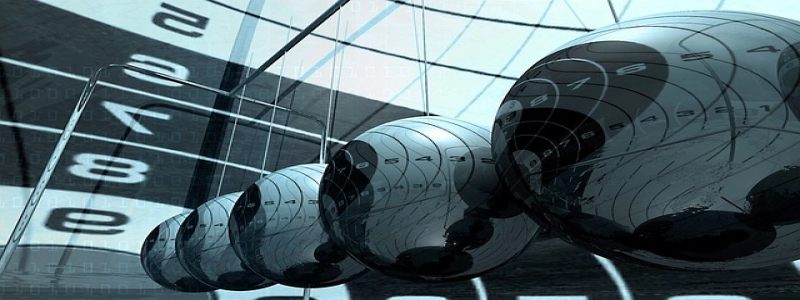Speed, Frequency, and Wavelength Worksheet
EU. Introdução
A. Definition of Speed
B. Definition of Frequency
C. Definition of Wavelength
II. Speed
A. Explanation of Speed
B. Formula for Calculating Speed
C. Example Calculation
III. Frequency
A. Explanation of Frequency
B. Formula for Calculating Frequency
C. Example Calculation
4. Comprimento de onda
A. Explanation of Wavelength
B. Formula for Calculating Wavelength
C. Example Calculation
V. Conclusão
A. Summary of Speed, Frequency, and Wavelength
B. Importance of Understanding these Concepts
C. Real-World Applications of Speed, Frequency, and Wavelength
EU. Introdução
A. Definition of Speed
Speed refers to how quickly an object moves or the rate at which it changes position. It is a scalar quantity and is measured in meters per second (m/s).
B. Definition of Frequency
Frequency refers to the number of complete cycles or oscillations of a repeating event that occur in a specific amount of time. It is measured in hertz (Hz), which represents the number of cycles per second.
C. Definition of Wavelength
Wavelength refers to the distance between two corresponding points on a wave, such as the crest-to-crest distance or the trough-to-trough distance. It is measured in meters (m).
II. Speed
A. Explanation of Speed
Speed is a measure of how fast an object is moving, regardless of the direction. It is calculated by dividing the distance traveled by the time it takes to travel that distance.
B. Formula for Calculating Speed
The formula for calculating speed is:
Speed = Distance / Time
C. Example Calculation
If a car travels a distance of 200 meters in 10 seconds, the speed can be calculated as:
Speed = 200 meters / 10 seconds = 20 m/s
III. Frequency
A. Explanation of Frequency
Frequency is a measure of how many cycles or oscillations occur per second. It is often used to describe the rate at which waves, such as sound waves or electromagnetic waves, vibrate.
B. Formula for Calculating Frequency
The formula for calculating frequency is:
Frequency = Number of Cycles / Time
C. Example Calculation
If a wave completes 5 cycles in 2 seconds, the frequency can be calculated as:
Frequency = 5 cycles / 2 seconds = 2.5 Hz
4. Comprimento de onda
A. Explanation of Wavelength
Wavelength is the distance between two corresponding points on a wave. It is often used to describe the size or length of different types of waves, such as light waves or sound waves.
B. Formula for Calculating Wavelength
The formula for calculating wavelength is:
Wavelength = Speed / Frequency
C. Example Calculation
If the speed of a wave is 10 m/s and the frequency is 5 Hz, the wavelength can be calculated as:
Wavelength = 10 m/s / 5 Hz = 2 meters
V. Conclusão
A. Summary of Speed, Frequency, and Wavelength
Speed, frequency, and wavelength are important concepts in physics and wave mechanics. Speed refers to how fast an object is moving, frequency measures how often an event occurs, and wavelength describes the distance between two corresponding points on a wave.
B. Importance of Understanding these Concepts
Understanding speed, frequency, and wavelength is crucial in various scientific disciplines, including physics, engineering, and telecommunications. These concepts play a significant role in describing and analyzing wave phenomena, such as light, sound, and radio waves.
C. Real-World Applications of Speed, Frequency, and Wavelength
The understanding of speed, frequency, and wavelength is applied in numerous practical applications. For example, in telecommunications, the frequency of electromagnetic waves determines the channel on which signals are transmitted. In medical imaging, the speed and wavelength of ultrasound waves are utilized to create detailed images of internal body structures. Additionally, the wavelength of light is used in various technologies, such as fiber optics, to transmit data quickly and effectively.
In conclusion, speed, frequency, and wavelength are interconnected concepts that are crucial for understanding wave phenomena and their practical applications. By grasping these concepts, scientists, engineers, and researchers can delve deeper into the world of waves and harness their power for various advancements in technology, communication, and scientific research.







